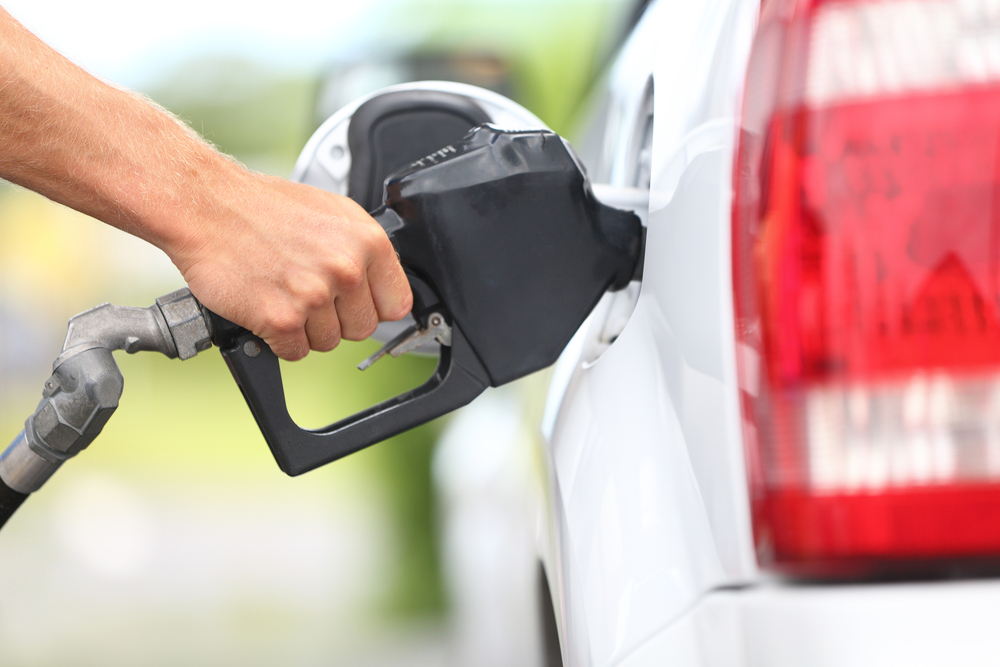Household Bills
Spring cheer for motorists as pump prices fall 2.5p a litre

The cost of fuel fell by more than 2.5p a litre in March following a 5% drop in the oil price, according to the RAC.
The average price of petrol has fallen to 117.54p a litre while diesel has fallen to 119.54p a litre, the latest data from RAC Fuel Watch reveals.
This is the lowest price for petrol since November 2016 and is the biggest fall in the price of diesel since January 2016.
As a result, an average 55-litre family petrol car now costs £64.65 to fill up with diesel slightly higher at £65.75.
The fall in pump prices reflects the 5% drop in the price of an oil barrel from $55.31 on 1 March to $52.30 on 30 March. Shortly after, supermarkets made a welcome 2p per litre cut, winding back prices to similar levels seen at the beginning of the year, helping to shave £1.40 off the cost of a tank.
Regionally, Scotland enjoyed the biggest drop in the price of both petrol and diesel with a fall of 2.9p a litre. The North East has – for the second consecutive month – recorded the cheapest petrol and diesel prices in the UK with unleaded at an average of 116.50p and diesel at 118.53p at the end of March. The South East continues to be the most expensive with a litre of petrol costing 118.38p and diesel 120.30p.
RAC fuel spokesman, Simon Williams, said: “March brought some much-needed spring cheer to motorists with a significant 2.5p a litre reduction in the average price at the pumps. While prices were static in February, the two months before that saw 5p a litre added, completing a year of rising average pump prices. With longer days and the prospect of warmer weather many motorists will be making some longer journeys so lower fuel prices are very welcome.”
Williams said the big question now is what will happen as we move towards the summer, with everything hinging on the oil market and whether more is done to curb supply with a view to getting the price to rise.
“The Organization of the Petroleum Exporting Countries (OPEC), together with some non-members, have cut production, but their efforts have been undermined by the US ramping up its fracking production.
“The low oil price that gave rise to fuel being sold for under £1 a litre in January 2016 was all driven by OPEC over-producing to lower the oil price and stop US fracking activity but every week now more fracking rigs are coming online. This is no doubt causing a major headache for OPEC. It must decide whether to cut production further and allow the US to gain more market share as the oil price rises or reconsider returning to over producing and lowering the oil price to make fracking less financially viable and keeping its market share, albeit at a reduced price.”
The strength of the pound against the dollar is also important as fuel, like oil, is traded in dollars, but having suffered a big drop in the value of the pound after the Brexit vote, the pound is consistently worth $1.24.